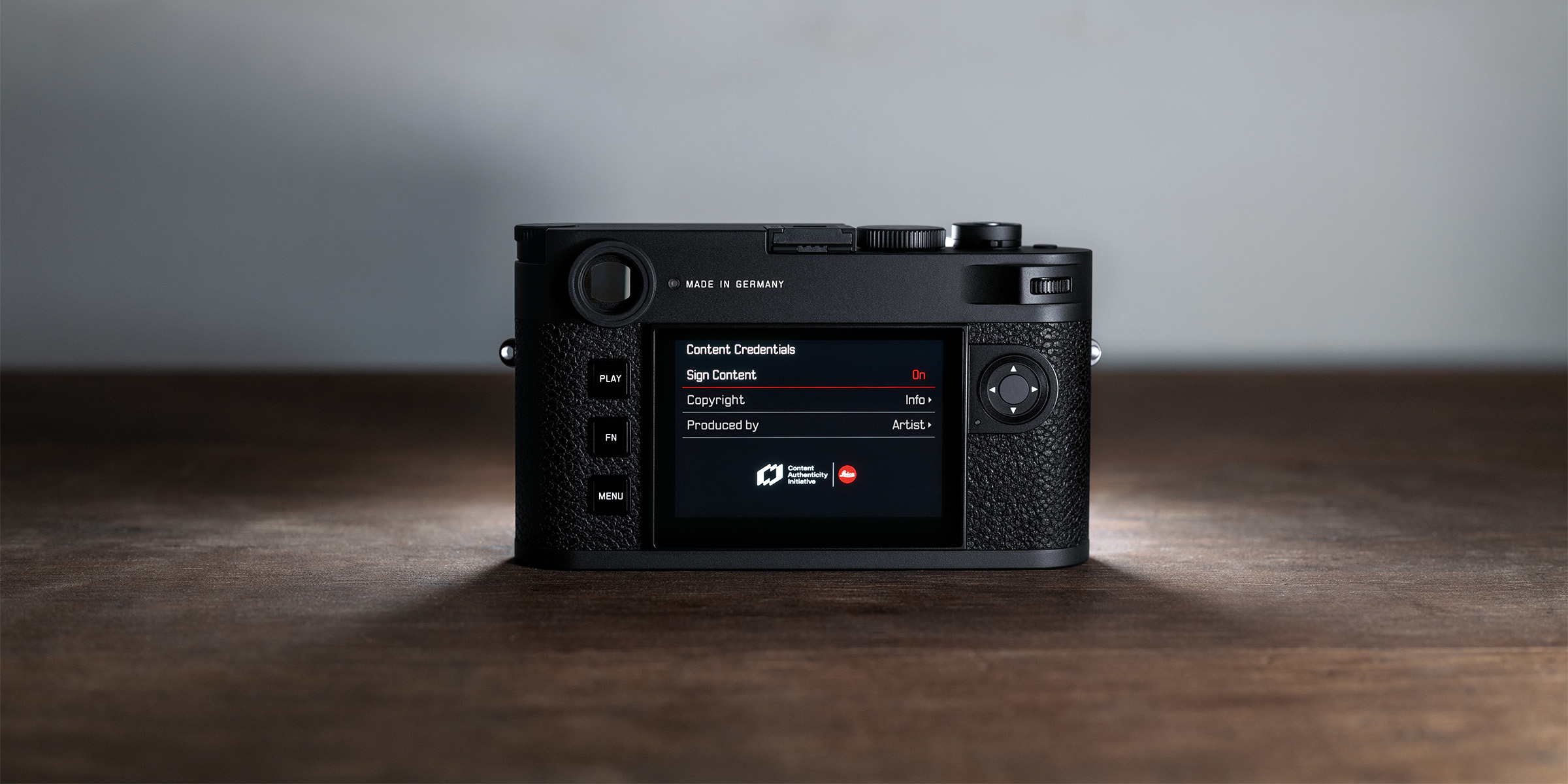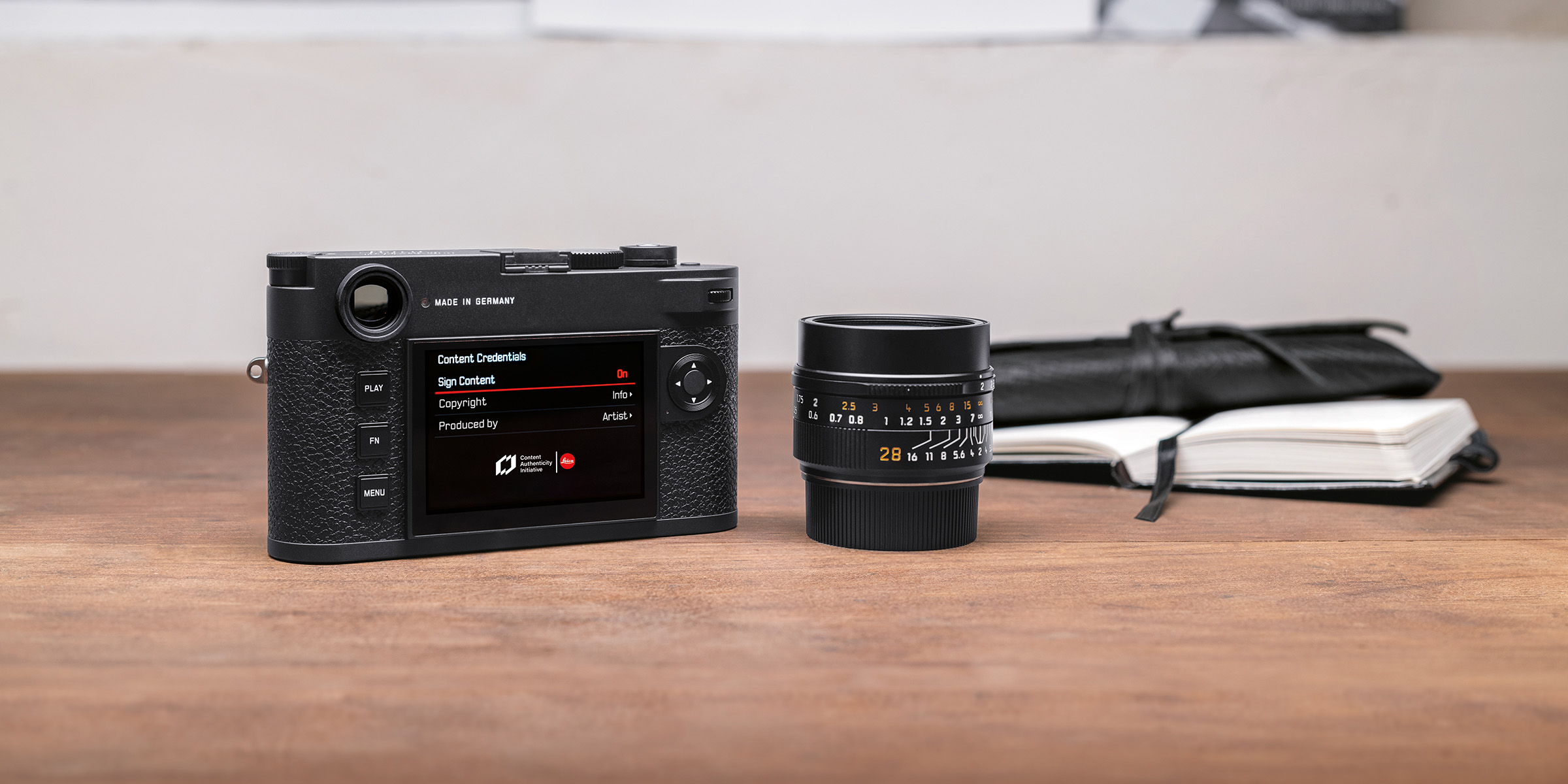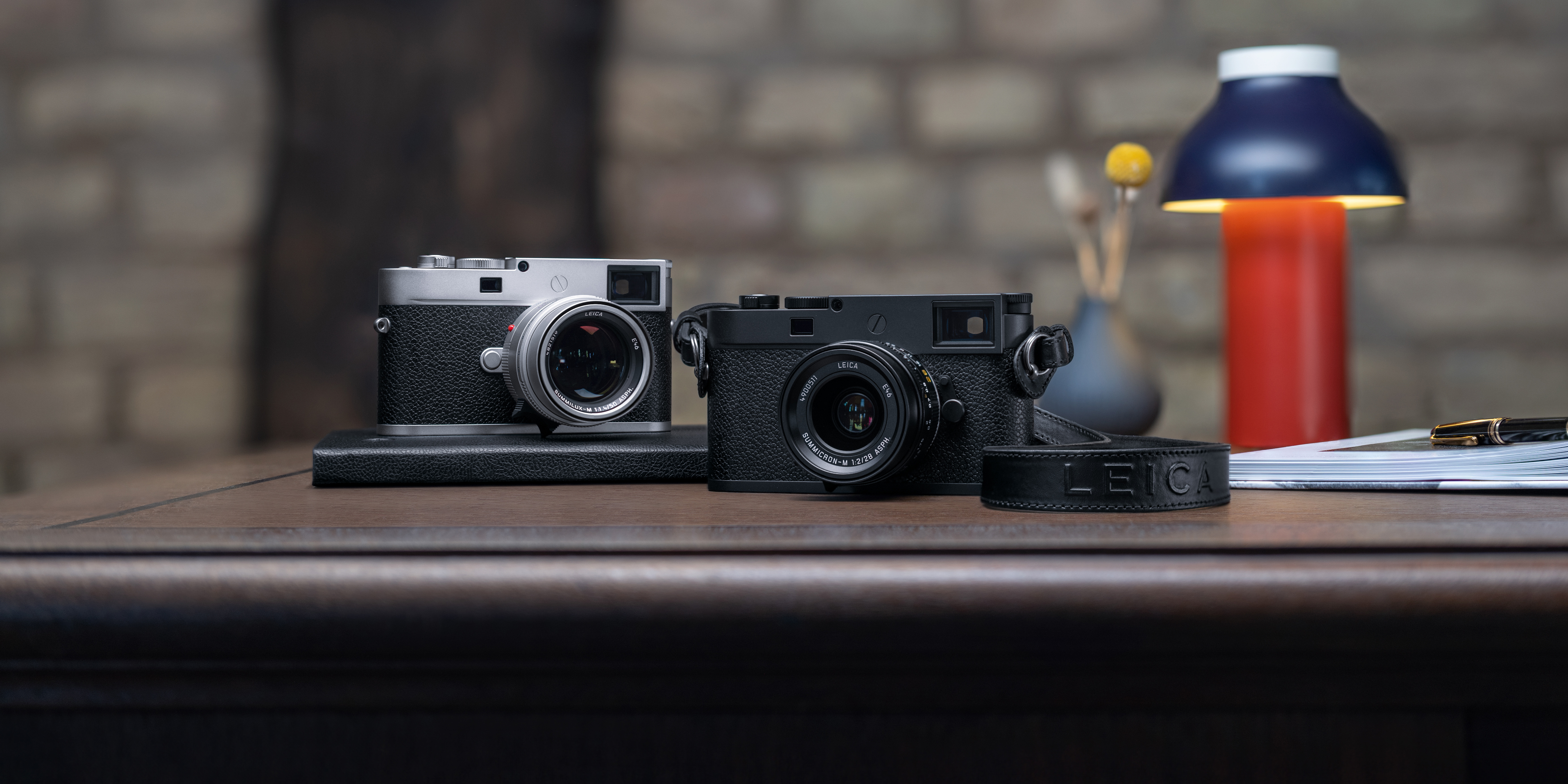Leica proudly introduces the Leica M11-P, a groundbreaking camera that establishes an unbroken chain of authenticity from image capture to publication. Since its inaugural release in 1954, the Leica M series has played an indispensable role for photojournalists worldwide. In this digital age, concerns regarding the origin, transparency, and integrity of digital images have taken centre stage. In October 2022, Leica revealed its intentions to incorporate image provenance technology into the Leica M11 as part of the Content Authenticity Initiative (CAI).

The newly unveiled Leica M11-P takes this concept a step further by becoming the world's first commercially available camera to embody Content Credentials. Setting a precedent, the M11-P seamlessly embeds metadata with Content Credentials at the moment of image capture. Leica aptly describes Content Credentials as the digital equivalent of a nutritional label and the universally embraced industry standard for all types of content, marking a pivotal step toward enhanced trust and transparency online. The introduction of the M11-P underscores Leica's unwavering commitment to the core principles and photographers who prioritize capturing moments with the utmost authenticity.
This innovative camera incorporates digital provenance information within its metadata, safeguarding the data in adherence to the Content Authenticity Initiative's open-source standards. Consequently, an additional layer of protection and transparency is established concerning any alterations made to an image. Essential information, such as names, dates, and all modifications, is securely affixed to each file. Through Content Credentials, every image captured with the Leica M11-P receives a digital signature accompanied by a CAI-compliant certificate, ensuring that the authenticity of photographs can be verified at any time by anyone utilizing the free, open-source CAI tool. It's important to note that Leica's Content Credentials technology isn't merely a software upgrade; it requires specialized hardware integrated into the camera itself. The M11-P boasts a dedicated chipset that stores digital certificates issued by the German Federal Printing Office, ensuring the complete traceability of an image's origin.

Dr. Andreas Kaufmann, Chairman of the Supervisory Board of Leica Camera AG, highlights the significance of this development by stating, "Leica cameras have always borne witness to iconic moments in world history. However, in today's digital photography landscape, verifying the authenticity of visual content has become increasingly crucial. With the ability to provide this proof, we are once again fortifying trust in digital content and reaffirming Leica cameras as authoritative tools for documenting global events."
Santiago Lyon, Head of Advocacy and Education at the Content Authenticity Initiative at Adobe, adds his perspective, saying, "We're thrilled to witness Leica's pioneering integration of Content Credentials into their flagship M11-P cameras. This marks a significant milestone for the Content Authenticity Initiative (CAI) and the future of photojournalism, introducing a powerful new way for photojournalists and creatives to assert their digital rights, combat misinformation, and infuse authenticity into their work and interactions, while encouraging the widespread adoption of Content Credentials."
It's important to mention that the Leica Content Credentials feature is optional and can be disabled. When activated, a Content Credential logo is displayed, and every captured image receives an unalterable and verifiable record of the camera model, manufacturer, and image attributes. It becomes a straightforward process for anyone to examine an image to determine whether it has been altered and, if so, the nature and timing of those changes.

In terms of design and functionality, the M11-P closely resembles the existing Leica M11, with one notable aesthetic change – the omission of Leica's iconic red dot logo, replaced by discreet Leica lettering. Depending on the color variant, the top and bottom plates are made of aluminum for the matte black M11-P or brass for the silver chrome version, while the body is crafted from magnesium alloy. Under the hood, the M11-P houses the same 60-megapixel backside-illuminated CMOS image sensor found in the standard M11, complete with the camera's impressive Triple Resolution Technology and robust Maestro-III processor.